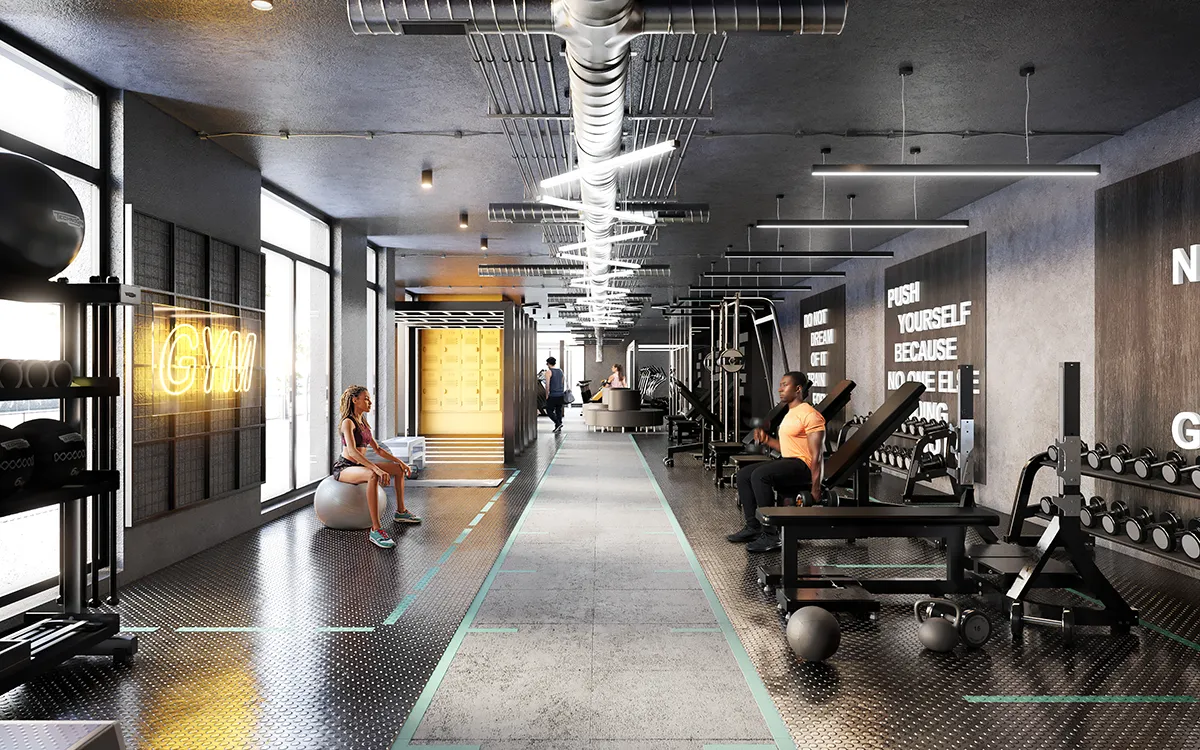Investing in property can be a lucrative investment strategy, but the decision to invest in off-plan versus completed properties is one that requires careful consideration. Off-plan property is property that is purchased before construction is completed, while completed property refers to properties that are already built and available for purchase. While both options offer their own advantages and disadvantages, investing in off-plan property may offer a number of benefits over investing in completed properties. In this blog post, we will explore 10 separate points on why investing in UK off-plan property is a better investment strategy than investing in completed properties, taking into account the most recent data and trends in the UK property market.
- Lower initial costs / entry points
Off-plan properties are typically sold at a discount to market value in order to incentivize early investment. This can result in a lower upfront investment cost, as well as lower stamp duty and legal fees. In fact, according to PropertyData, off-plan properties in the UK have a 10% lower median price than completed properties.
- Better quality and amenities
Off-plan properties are often built with the latest technologies and designs, resulting in a more modern and luxurious property. Developers can also incorporate high-quality amenities such as gyms, pools, and concierge services. In fact, a survey by the National House Building Council found that new homes are 50% more energy-efficient and emit 60% less carbon dioxide than older homes.
- Premium city centre locations
Off-plan properties are often located in prime city centre locations, offering residents easy access to amenities such as shops, restaurants, and transport links. According to a report by Knight Frank, off-plan properties in central London achieved an average of £1,200 per sq ft in 2020, compared to £1,030 per sq ft for completed properties.
- Potential for capital growth / capital appreciation
Off-plan properties have the potential for higher capital growth as the property is likely to increase in value during the construction process. According to research by property investment platform Bricklane, off-plan properties in the UK increased in value by an average of 21% between reservation and completion.
- Greater control over the investment
Off-plan investors have greater control over their investment compared to those investing in completed properties. Investors can select the location, developer, and property type, and can choose to hold or sell the property based on their own goals and market conditions.
- Reduced risk of maintenance issues
One of the benefits of investing in off-plan property is that it is brand new and less likely to require maintenance or repairs for some time. This can reduce the risk of unexpected costs associated with completed properties and lead to a lower total cost of ownership over time.
- Higher demand for newer builds
According to a report by Zoopla, new-build homes are in high demand, with a 39% increase in buyer interest compared to pre-pandemic levels. This demand is likely to continue as buyers seek out more modern and energy-efficient properties.
- Greater access to financing options
Investors in off-plan property often have greater access to financing options, as developers may offer flexible payment plans or mortgage options that are not available for completed properties. This can make it easier for investors to secure financing and manage their cash flow.
- High rental yields
Off-plan properties can offer higher rental yields compared to completed properties, as they are often located in desirable areas and feature modern amenities. According to research by PropertyData, off-plan properties in Manchester achieved a gross rental yield of 6.1% in 2020, compared to 4.2% for completed properties.
- Potential for greater ROI
Investing in off-plan property can provide a greater return on investment compared to completed properties. According to research by JLL, off-plan properties in Manchester achieved an average ROI of 48% between 2013 and 2020, compared to 17% for completed properties.


